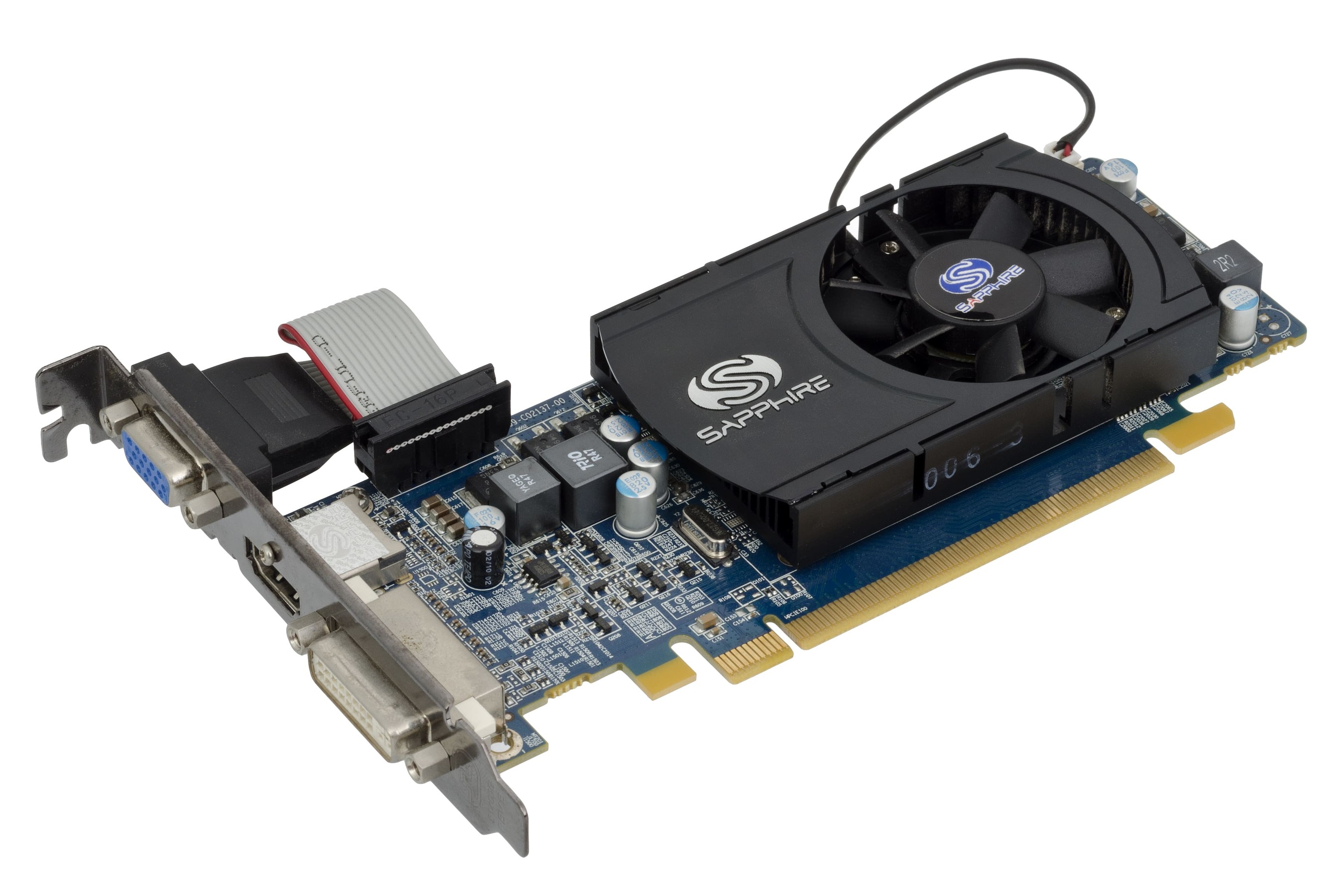THE HISTORY OF 3D RENDERING IN THE 1990s: Revolutionary decade. Part 3
3D RENDERING AND VIDEO GAMES
The 1990s were the revolutionary decade in video gaming. The boom impacted hardware and software and in turn advances in computing accelerated innovations in gaming.
PC REVOLUTION
By the middle of 1990s dominance of IBM compatible PCs became established. Millions of people got computers at their offices and homes, and powerful devices started to change the world as well as people’s lives. The intellectual capabilities of skillful machines seemed universal: in 1997 Deep Blue an IBM supercomputer designed to play chess, defeated World Chess Champion Garry Kasparov.
VIDEO GAMES OF THE 1990s
The advances in the field are in many ways connected with the names of John Carmack and his team. The group consisted of two American programmers, John Carmack and John Romero, an artist Adrian Carmack (no relation with John Carmack) and a game designer Tom Hall, the co-founders of id Software an American video game developing company. At the beginning of the 1990s John Carmack operated with 3D computer graphics trying to optimize the software in accordance with the abilities of hardware to create a fast action game Wolfenstein 3D. His novelty was the limiting and simplification of the surfaces the computer needed to display. Another his novelty was using ray casting technique for calculating the surfaces visible to the player rather than the area around him. In this way 3D game engine was developed, with elementary 3D graphics and 2D animated sprites. (A game engine is the basic software of a computer game). After the first one, modified game engines started to appear with each new game – and with the improving capabilities of hardware.

The most famous video game at the beginning of 1990s was Wolfenstein 3D created by id Software.
Grandfathers of 3D Shooters
Wolfenstein 3D
Wolfenstein 3D is a first–person maze-like shooter. The languages of progamming were ANSI C and assembly language. The 2D sprites were hand drawn by Adrian Carmack in rather dark and violent art style. The game was rapidly appreciated by players, as it was a fast action game with shock content, 3D graphics and striking advances in animation and sound effects. That was the real breakthrough in the era of slow strategy games and simulations.
The gameplay is built around the character of an Allien spy, who escapes from the Nazi German prison Wolfenstein during World War II and after that carries out some special missions, fighting Nazis and mutants and other enemies with lethal weapons. The game comprises 6 episodes with 10 levels each. Music and sound effects were designed by Bobby Prince, artwork was created by Adrian Carmack.
Wolfenstein 3D was released for DOS in May, 1992. It was a great success with players and gained lots of awards from critics. By the end of 1995 it sold over 250,000 copies. Wolfenstein 3D established the standart for first-person shooter genre and it is considered one of the best games ever made.
Suite 666 and Doom
Doom was next major project of John Carmack and his team. The genre of the game is a first-person shooter, the player assumes the role of a space marine Doomguy, who struggles with demons, emerging from hell. Originally the game comprised 3 levels, later the 4th level was added.
The game was programmed on the NeXT computer in the same computer languages as Wolfenstein 3D.The game engine, Doom engine, was developed by John Carmack specially for Doom. The graphics of the levels and the basic lightning system were optimized and modified, e.g. the colour palette was adjusted to the surfaces directly. John Carmack used some advanced technologies such as BSP, and also cheat codes were added, based on the ideas prompted be the fans, anticipating the game. Monsters were drawn by Adrian Carmack in his favourite realistic dark style. Some models were sculptured in plastic, clay and metal, after that they were photographed and digitized. The weapons were designed with the help of children’s toys and even parts of the bodies and footwear of the developers were involved, as the hand of the main hero with the gun was the digitized hand of one of the artists (Kevin Cloud) and some textures were made after Adrian Carmacks snakeskin shoes. The atmosphere of the team’s office was closely connected with the atmosphere of the game: it was a dark place with the dentists’s office nearby (imagine the sounds coming from it!). They called the place “Suite 666”.
Doom was released for MS-DOS in 1993 (additional level – in 1995). The game became the most popular and influential computer game in mid-1990, and one of the greatest ever made. It traiblazed online multiplayer gaming and inspired lots of Doom clones.
MORE CAPACIOUS HARDWARE – VIDEO CARDS
The accelerator of 3D Rendering innovations in 1990s was Graphics User Interface (GUI) that appeared in many operational systems in the 1990s. GUI enables users to interact with their computers through graphical images, icons and buttons, manipulating them directly. It is very convenient but requires a lot of computing resources that overload Central Processor (CPU – Central Processing Unit).
Mainstream adoption of GUI boosted development of special video adapters to accelerate graphics. These Graphics cards or Video cards aided CPU in performing some secondary hardware functions while processing 3D graphics.

Computer Graphics cards of 1970-1980s supported different display standarts. The breakthrough in this field happened in 1996 when Graphics cards based on a chipset of 3Dfx Voodoo Graphics were introduced to public. These IBM PC compatible devices were developed by 3Dfx Interactive Company which had been previously engaged in production of specialized 3D Graphic Accelerators for arcade machines. The speed and quality of 3D rendering performed by these Graphics cards were the slot machine level, and the increase of video quality evoked the interest to 3D video games both from PC users and game developers. Video card manufactures started production of 3D Graphics cards based on Voodoo Gaphics chipset and game devs designed new IBM PC compatible games with completely new level of 3D graphics.
Real-Time 3D Rendering
Real-Time 3D Rendering is an essential method for video-gaming. This is an interactive 3D Rendering technique, where images process at high speed (by contrast with Non-Real-Time Rendering, where the need for photorealism prevails).
To process images rapidly advanced graphics hardware was needed. That was accomplished in the 1990s with the appearance of Graphics cards.
Quake
Quake is one more masterpiece from John Carmack and his team, starting the Quake series. The game is a first-person shooter, and this time the player finds himself in a dark medieval setting and pushes his way fighting monsters in labyrinths. The game was released in 1996 for MS-DOS, Linux and Microsoft Windows.
In the new Quake engine, John Carmack implemented all the novelties of the time: real-time 3D rendering, 3D acceleration and multiplayer options to play online, so the two modes of the game were available, single-player mode and multiplayer mode.
The music and sound effects were designed by Tent Reznor and his band, Nine Inch Nails. In 1997 Quake got three awards from The Game Developers Choice Awards for Best Online Game, Best Music and Best Sound Effects.

